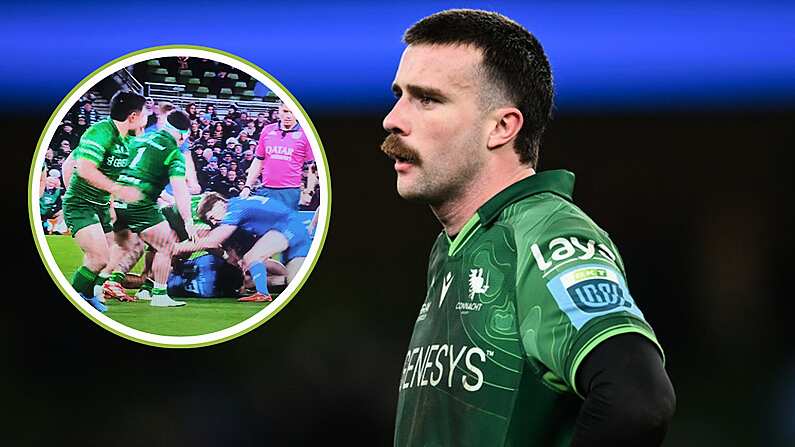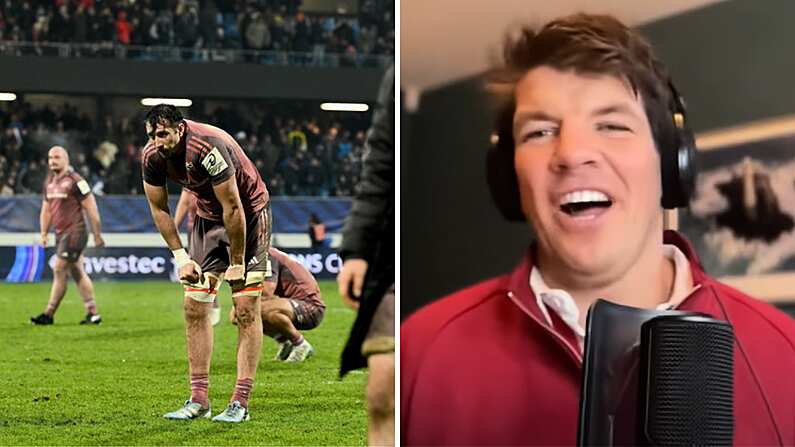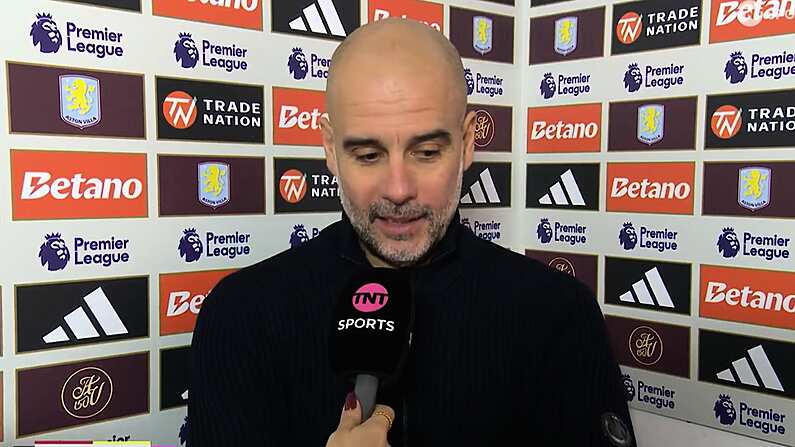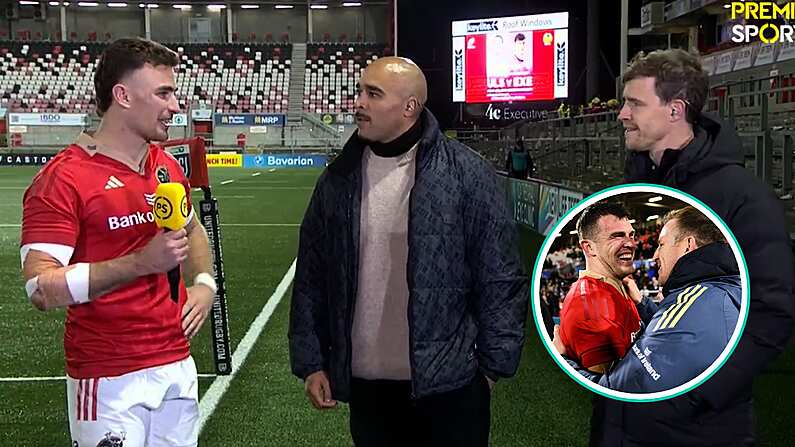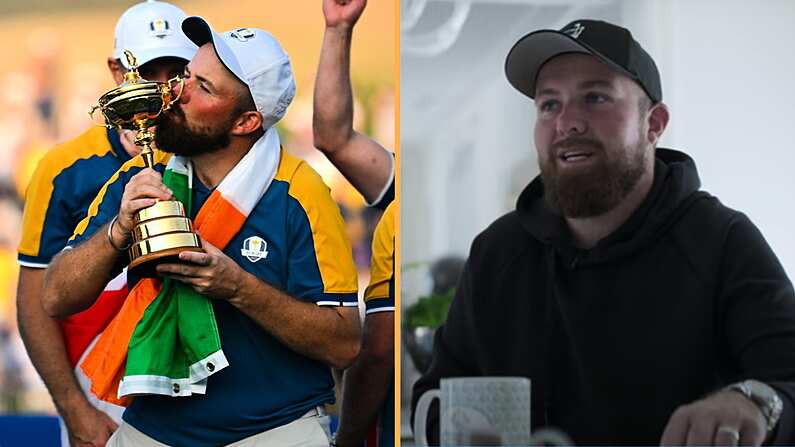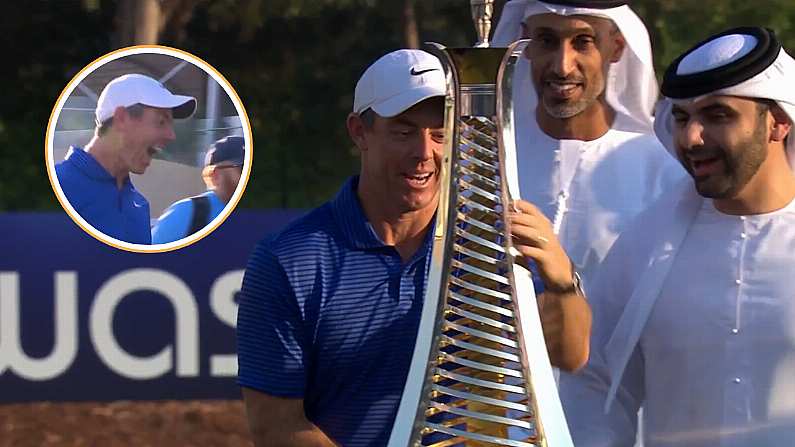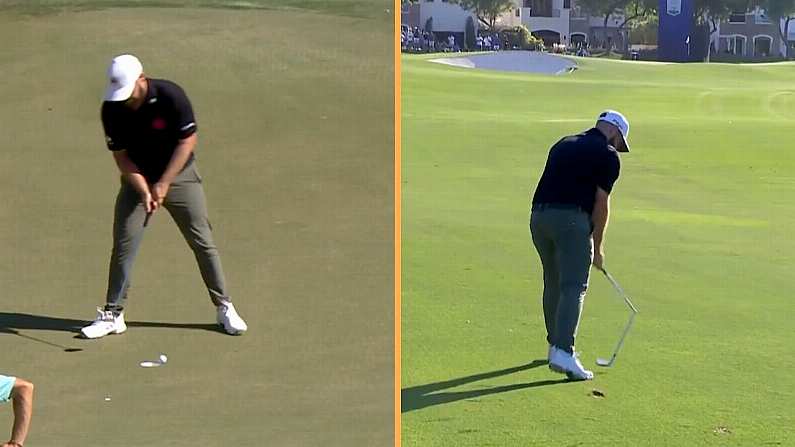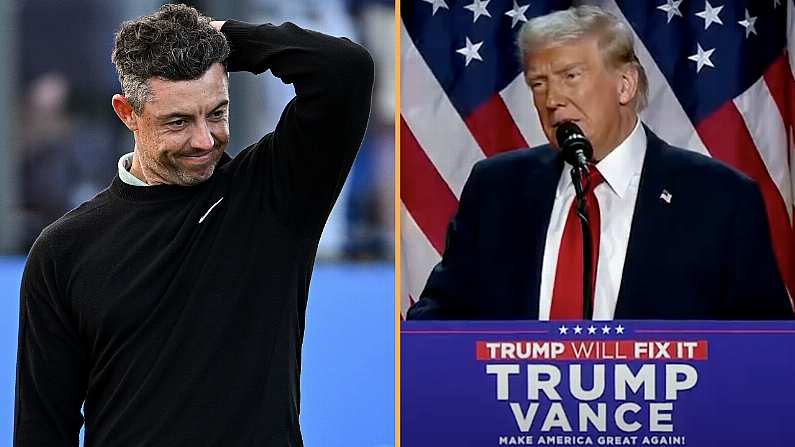Of the four Majors, the USPGA is comfortably the most nondescript. It was the Ringo of the Major calendar. If the golfing world was forced to make cutbacks, then the Wanamaker Trophy is for the chop.
The Masters had Augusta, the log cabin, Amen corner, the green jacket. The British Open Open Championship is the oldest tournament of the lot and is only played on links courses.
The US Open, while typically meaning less to casual European fans than the other two, especially those fans who only had terrestrial TV, was still a national open and was famed for being hideously difficult with the winner often failing to finish on level par.
Its winners often seemed to be middle-of-the-road US players. Christian rednecks who hit a mean golf ball or lads who had three initials after their name.
During European golf's heyday in the late 1980s and early 1990s, there was a gilded coterie of green jacket owners pounding the fairways on the European tour. Augusta was deeply happy terrain for golfers from the old world. Between 1980 and 1999, a European golfer won on eleven occasions, a rate of success which accelerated dramatically between 1988 and 1996, when European golfers picked up seven from nine.
In the same era, Europeans enjoyed a similar, if slightly less pronounced, run of success in the Open Championship. They vied for honours with the southern hemisphere stars like Greg Norman and Nick Price.
By contrast, the remaining two majors were a wasteland for European competitors. The natives held the trophies on lockdown. For the most part. There was a brief flurry of foreign success in the PGA, with Nick Price winning in '92 and '94, and Steve Elkington pipping Colin Montgomerie in '95.
When Padraig Harrington teed off on Oakland Hills on the final day of the USPGA, no one could remember the last time a European golfer had won the tournament. The last guy to do it was the Scot Tommy Armour in 1930. It was literally a lifetime, and a decent length one at that. The PGA wasn't even a strokeplay event. And even then, Armour held dual Scottish-American citizenship.
A large part of the reason for the barren run was that Europeans simply didn't take part for much of the century.
Christy O'Connor Snr never even had a pop at winning the PGA at his peak. Nor indeed, did he try his hand at the other two American majors, even though he was easily good enough to earn a few invites.
The four majors did not then occupy the same hallowed, semi-sacred status within the golfing calendar. Travelling across the Atlantic to play in the USPGA Championship, for instance, was just not the done thing in Christy's day.
In the modern era, a run of bad luck prevented Europeans getting over the line. But by 2008, the time was ripe.
For most of the weekend, it looked like Sergio Garcia was going to break his Majors duck. His most agonising failure was only a year previously, when he blew a four-shot final day lead and then missed a putt on the 72nd green allowing one P. Harrington in to nip it in the playoff.
As with many golfers, having crawled over the line for his first majors, the whole process seemed to become a whole lot easier.
The following year, an infinitely cooler and composed Harrington breezed past Greg Norman, stomping all over the romantic dreams of many who longed for a quixotic Norman triumph. It was a blow to the ageists that Norman had one more Major Sunday disaster in him.
In 2007, he heaved himself over the line, coughing and wheezing. In Birkdale, he saunter through the ticker tape, practically waving to the crowds as he went.
By the autumn of 2008, he surged with confidence. His first two rounds at Oakland Hills were nothing special. He hit a desultory 71 and 74. At +5, he lay six shots behind leader JB Holmes in a crowded field.
In the third round - which carried over into the Sunday because of poor weather on the Saturday - Harrington made his move. He hit a -4 under 66, pitching himself into the mix. Three shots behind leader Ben Curtis, he was tied at +1 with rival Sergio Garcia.
There was needle between the pair which Garcia, in particular, made little effort to conceal. His disposition had been notably ratty since the drama at Carnoustie a year and a bit before.
Subsequent years have seen subtle jibes from either end about Harrington's slow play and Garcia's alleged poor etiquette. Sometimes, very subtle. Golf.com reported this exchange as a Harrington pop at Garcia's on-course behaviour.
Speaking to a small group of reporters at the TPC Sawgrass, where the Woods-Garcia flap was starting to unfold, Harrington said of all the times he has played with Woods he considered his etiquette "absolutely impeccable."
"I've played with Tiger many times," Harrington said. "I give him an A-plus on his etiquette on the course. I give him an A-plus for his respect for fellow players on the course."
A British reporter then asked Harrington what kind of grade he would give Garcia.
"I'm not in a position to rank players," he replied.
In no time, Garcia had eaten into the lead. He began birdie and eagle to get to -2. If Garcia got off to an explosive start, JB Holmes blew up altogether, triple bogeying the first, and dropping off the radar. Ben Curtis hung in there but bogeyed the 8th and 9th.
Failing to make any real inroads on the front nine, Harrington caught fire on the back-nine, birdieing 10, 12 and 13 to draw level with Garcia.
On 14, he over-hit the green, relinquishing the lead once more. With four holes remaining, Garcia sat in the lead on -3 with Harrington a shot further back on -2.
It was close to full on matchplay at this stage. The pair missed decent birdie chances in 15 before the decisive events of 16. Garcia shot in the water, ultimately doing well to hit bogey. Harrington had his own problems to think about. Hitting a greenside bunker with his second shot, he could only get the ball to 25 foot from the hole.
His putter was in a rich vein of form. He sunk the putt to go level. On seventeen, both he and Garcia faced near identical putts. Garcia's lipped out. Harrington's fell.
There was a sense that Harrington couldn't lose.
On the 18th, both made a mess of their tee shots. Harrington landed in the bunker, Garcia mired in deep rough. After making a hames of his recovery shot, Harrington faced a difficult third shot. He jammed it to 15 feet from the hole. One shot behind, Garcia's par putt was slightly inside Harrington.
Putting first, Harrington nailed the putt, clenching his fist repeatedly, his face a picture of determination. A presumably fed up Garcia missed his shorter putt. Unsurprisingly, Ben Curtis, coming down the 18th afterwards, couldn't rustle up a miracle eagle.
It was his second major in a month, and his third in just over a year. The tabloids got another chance to trot out their rubbish-y 'Harri Putter' headline.
Harrington rose to No. 2 in the world. His form in 2008 had been less consistent than in past years but he peaked for the majors. He told interviewers he couldn't wait to play major golf again.
I really do like the fact that no other European has won two Majors consecutively, though, because I hold a lot of European players who I grew up watching in high esteem. To believe that I achieved something that they hadn't is very special.


